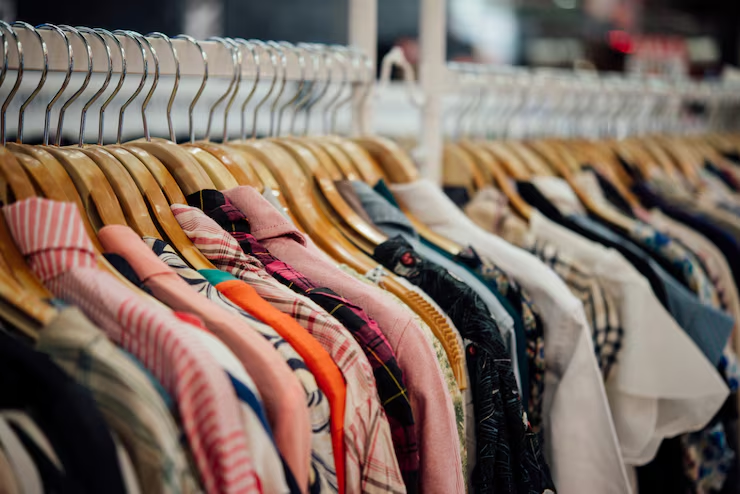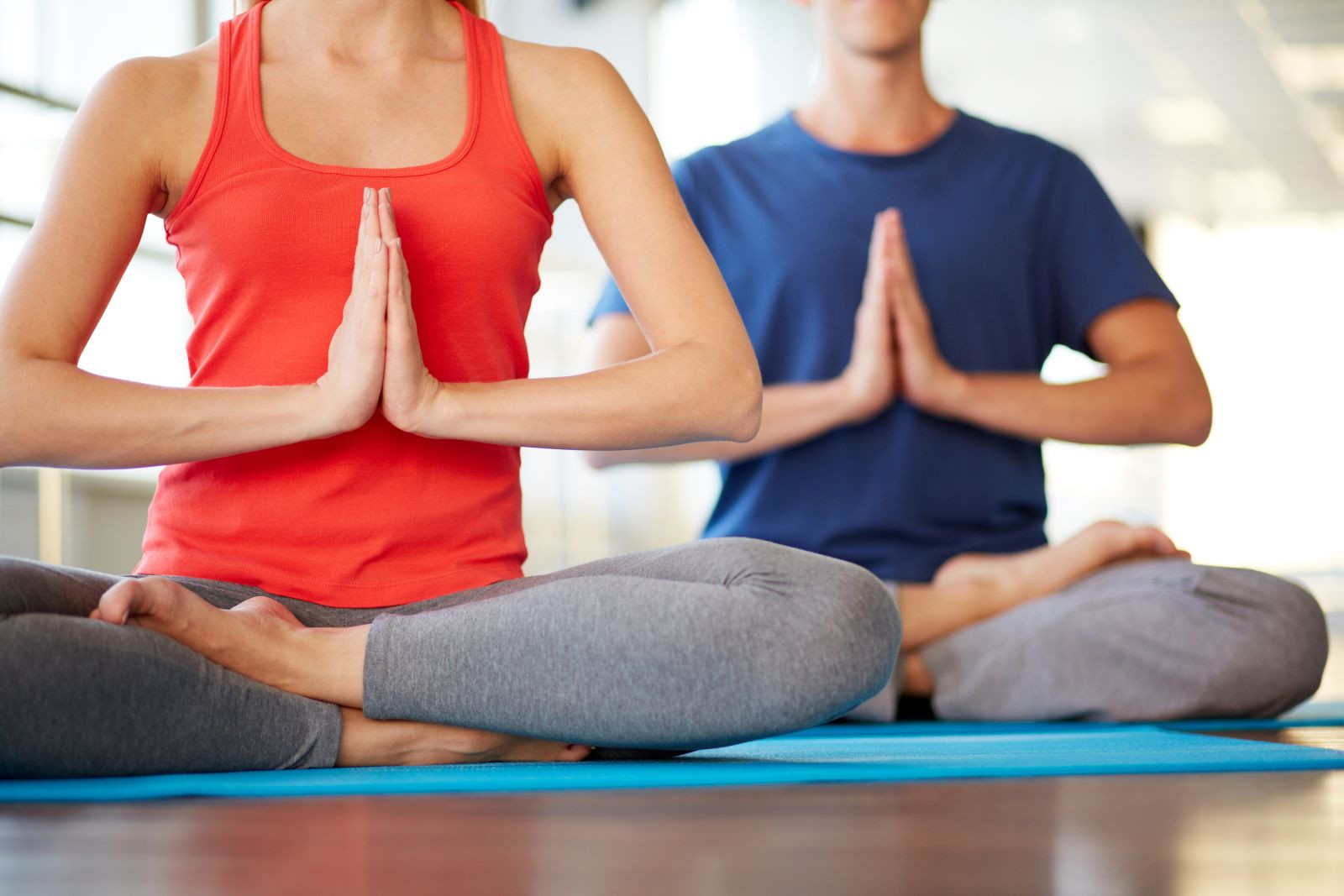Vintage clothing has taken the fashion world by storm, transforming from a niche hobby to a cultural juggernaut. Once relegated to dusty thrift stores and flea markets, vintage pieces are now red-carpet staples, TikTok trends, and designer inspirations. But how did old clothes become the hottest thing in fashion? This article dives into the history, drivers, and future of vintage fashion, weaving together stories, data, and practical tips to help you understand—and join—the movement.
The Roots of Vintage Fashion
Vintage clothing, typically defined as garments at least 20 to 100 years old, has always carried a sense of nostalgia. In the early 20th century, wearing outdated clothes was considered passé, reserved for costume parties or the less fortunate. But something shifted in the late 20th century, as noted by fashion historian Anne Hollander in a 1979 Vogue essay. She observed that mass production and Hollywood’s preservation of past styles on film made old clothes desirable again, sparking a cultural shift that turned “quaint” into “cool.”
Why Vintage Clothing Captured Hearts
The rise of vintage fashion isn’t just about aesthetics; it’s a confluence of cultural, social, and economic forces. Let’s explore the key drivers behind this phenomenon.
Nostalgia and Individuality
Vintage clothing lets wearers step into the past while standing out in the present. A 1980s plaid blazer or a 1950s polka-dot dress carries stories of bygone eras, evoking memories of old movies or family photos. For me, slipping on my grandmother’s 1960s shift dress feels like channeling her confidence—she wore it to her first job interview. This blend of nostalgia and uniqueness appeals to those craving authenticity in a world of mass-produced fast fashion.
Sustainability as a Driving Force
The fashion industry is the second-most polluting industry globally, contributing 10% of carbon emissions and 20% of wastewater. Vintage clothing offers a sustainable alternative, reducing waste by reusing garments already in existence. Buying a preloved item cuts CO2 emissions by 25% per use compared to new clothing. Gen Z, with nearly 60% embracing vintage, leads this eco-conscious charge, proving that style and sustainability can coexist.
Social Media and Celebrity Influence
Platforms like Instagram and TikTok have turned vintage fashion into a global phenomenon. Influencers showcase thrifted finds, while celebrities like Zendaya and Rihanna don archival pieces from designers like Christian Lacroix and Jean Paul Gaultier on red carpets. When Rihanna wore a 2002 Lacroix couture dress to the 2024 Fashion Awards, searches for the designer spiked overnight. Social media has also made vintage accessible, with platforms like Depop and Vestiaire Collective connecting buyers to sellers worldwide.
Designer Inspiration and Archival Revival
High-end designers are digging into their archives, reimagining vintage styles for modern runways. Brands like Ralph Lauren and Versace have long used vintage mood boards, while newer labels like Aimé Leon Dore draw from retro aesthetics. This trickle-down effect means even fast-fashion giants like Zara mimic vintage cuts, though often with lower quality. The 2025 Met Gala theme, “Sleeping Beauties: Reawakening Fashion,” will likely amplify this trend, spotlighting archival looks from across centuries.
The Evolution of Vintage Fashion
The journey of vintage fashion from fringe to mainstream is a story of cultural shifts and economic realities. Let’s trace its path through the decades.
The 1970s: The Birth of Vintage as a Trend
In the 1970s, vintage clothing stores began popping up, selling 1930s silk gowns and 1940s fur coats to a bohemian crowd. These early adopters, often “alternative” types, saw vintage as a rebellion against conformity. I remember my aunt reminiscing about scouring London’s Portobello Market for 1940s dresses—she felt like a time traveler in a sea of bell-bottoms. This era laid the groundwork for vintage as a subculture.
The 1990s: Grunge and Retro Revival
The 1990s saw vintage become a youth movement. Teens rummaged through thrift stores for 1960s mod dresses and 1970s flannel shirts, inspired by grunge icons like Kurt Cobain. My high school friend Sarah once scored a 1970s leather jacket for $5 at a thrift store; she wore it like a badge of honor. This decade also saw the rise of “vintage-inspired” designs, as brands like Anna Sui blended retro cuts with modern flair.
The 2020s: Vintage Goes Mainstream
The COVID-19 pandemic supercharged vintage’s popularity. With more time at home, people turned to thrifting as a hobby and a sustainable choice. Online platforms like ThredUp reported the secondhand market doubling to $77 billion by 2026. Meanwhile, remote work blurred dress codes, making vintage pieces like 1980s power suits or Y2K tracksuits office-appropriate. Today, vintage is no longer a niche—it’s a lifestyle.
How to Embrace Vintage Fashion
Ready to join the vintage revolution? Here’s how to dive in, whether you’re a newbie or a seasoned thrifter.
Where to Find Vintage Clothing
Vintage shopping has never been easier, thanks to a mix of physical and online options:
- Local Thrift Stores: Chains like Goodwill or Salvation Army offer affordable finds, though they require patience.
- Vintage Boutiques: Stores like James Veloria in NYC specialize in high-end archival pieces.
- Online Platforms: Depop, Etsy, Vestiaire Collective, and The RealReal offer curated selections with global reach.
- Flea Markets: Markets like Pasadena’s Rose Bowl Flea Market are treasure troves for unique pieces.
Pro tip: Check for authenticity by examining zippers (metal pre-1970s, plastic post-1970s) and labels (U.S. fiber content labels became mandatory in 1960).
Best Tools for Vintage Shopping
To score the best deals, use these tools:
- Depop: Ideal for Y2K and 1990s pieces, with filters for size and brand.
- Vestiaire Collective: Specializes in authenticated luxury vintage, perfect for designer finds.
- eBay: Offers a vast range, but use specific search terms like “1980s Versace dress” for precision.
- ThredUp: Budget-friendly with a focus on sustainable fashion.
Pros and Cons of Vintage Shopping
| Pros | Cons |
|---|---|
| Sustainable and eco-friendly | Can be time-consuming to find quality pieces |
| Unique, one-of-a-kind items | Sizing inconsistencies across eras |
| High-quality craftsmanship | Some pieces may require repairs |
| Often more affordable than new designer items | Risk of counterfeit items online |
How to Style Vintage Pieces
Mixing vintage with modern pieces creates a balanced, timeless look:
- Pair with Basics: Combine a 1970s floral skirt with a plain white tee for effortless chic.
- Layer Thoughtfully: A 1980s blazer over a modern dress adds depth without overwhelming.
- Accessorize Sparingly: Vintage scarves or jewelry can elevate a simple outfit.
- Tailor for Fit: Vintage sizing can be tricky; a good tailor can make a piece feel custom-made.
Last summer, I paired a 1950s polka-dot blouse with high-waisted jeans and felt like I’d stepped out of a rom-com. The key is confidence—own the look, and it’ll work.
The Future of Vintage Fashion
Vintage fashion shows no signs of slowing down. Experts predict a shift toward 1940s glamour and 1980s maximalism in 2025, with designers like Yves Saint Laurent and Thierry Mugler gaining traction. The secondhand market is projected to hit $295 billion by 2026, driven by sustainability and the allure of unique finds. However, challenges remain—price inflation on platforms like eBay and Grailed can make coveted pieces feel like luxury goods, potentially alienating budget-conscious shoppers.
People Also Ask (PAA)
What is vintage clothing?
Vintage clothing refers to garments from 20 to 100 years old, typically reflecting the styles of their era. Think 1970s tie-dye tees or 1990s slip dresses. These pieces are valued for their craftsmanship and historical significance.
Why is vintage fashion so popular?
Vintage fashion’s popularity stems from nostalgia, sustainability, and individuality. Shoppers love the eco-friendly aspect, unique designs, and the chance to own a piece of history, amplified by social media and celebrity endorsements.
Where can I buy authentic vintage clothing?
Authentic vintage can be found at thrift stores, vintage boutiques, flea markets, or online platforms like Depop, Vestiaire Collective, and The RealReal. Always check for authenticity markers like zippers and labels.
How do I know if a vintage piece is real?
Examine zippers (metal pre-1970s), labels (fiber content mandated post-1960 in the U.S.), and construction quality. Buying from reputable sellers with authentication processes, like Vestiaire Collective, reduces risks.
FAQ Section
Q: Is vintage clothing expensive?
A: Prices vary widely. Thrift stores offer deals as low as $5, while archival designer pieces can fetch thousands. Online platforms like Depop often have affordable options, but rare items may carry luxury price tags.
Q: How do I care for vintage clothing?
A: Check care labels and use gentle detergents. Hand-wash delicate fabrics like silk or wool, and store items in cool, dry places to prevent damage. Professional cleaners can handle fragile pieces.
Q: Can vintage clothing fit modern body types?
A: Vintage sizing differs from modern standards—often running smaller. Try on items or check measurements, and consider tailoring for a perfect fit.
Q: Is vintage fashion sustainable?
A: Yes, vintage reduces waste and emissions by reusing existing garments. It’s a key part of slow fashion, countering the environmental toll of fast fashion.
Q: What are the top vintage trends for 2025?
A: Expect 1980s maximalism (bold colors, strong shoulders), 1940s glamour (beaded dresses, feather details), and Y2K revival (low-rise jeans, sparkly tops).
Conclusion
Vintage clothing’s rise to fashion’s pinnacle is a story of nostalgia, sustainability, and cultural shifts. From 1970s bohemians to Gen Z thrifters, the love for old clothes has reshaped how we shop and dress. Whether you’re hunting for a 1950s dress or a 1990s tracksuit, vintage offers a chance to wear history while saving the planet. So, next time you’re at a thrift store or scrolling Depop, remember: you’re not just buying clothes—you’re joining a movement. Start your vintage journey today, and who knows? You might find a gem that tells a story as unique as yours.









Leave a Reply